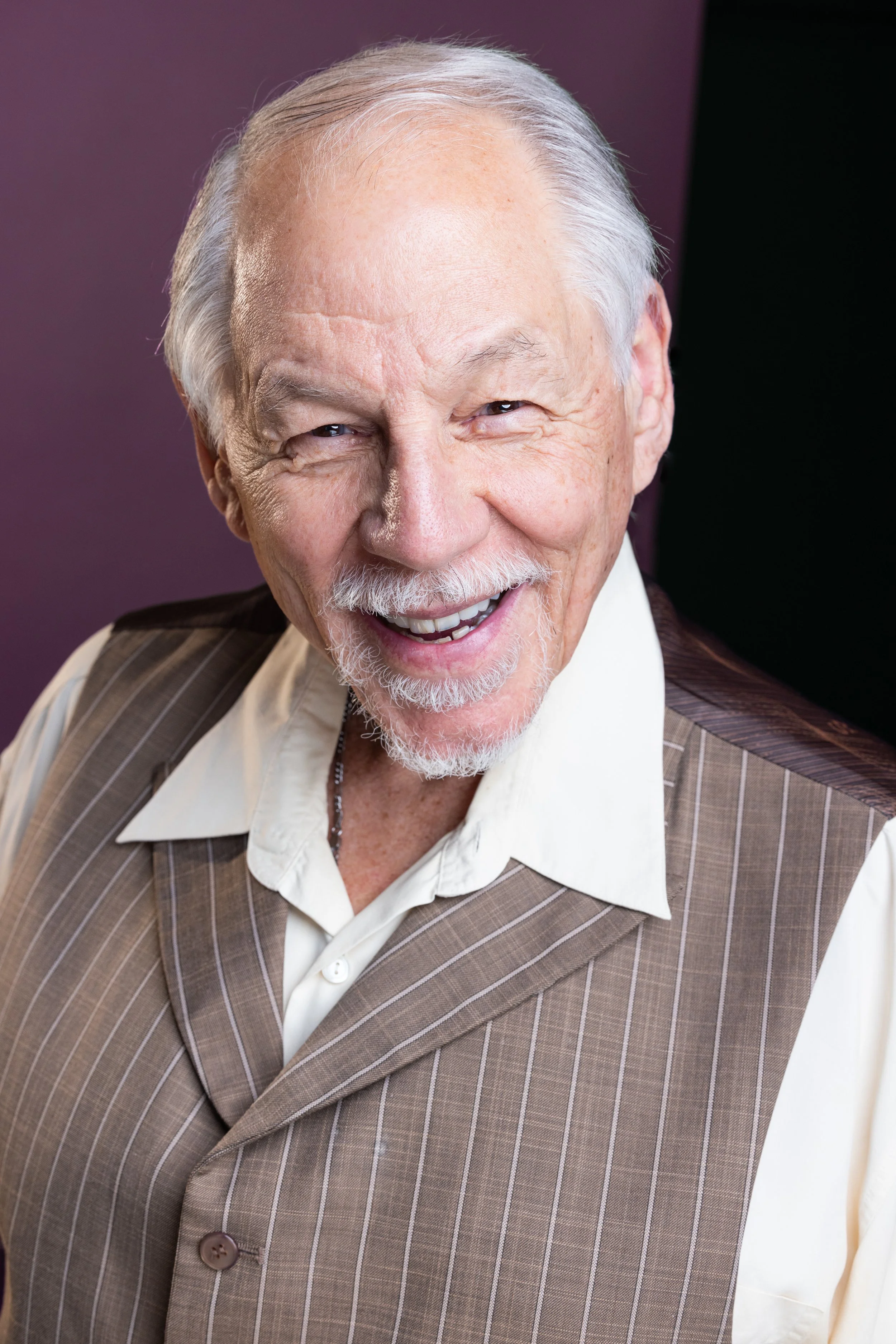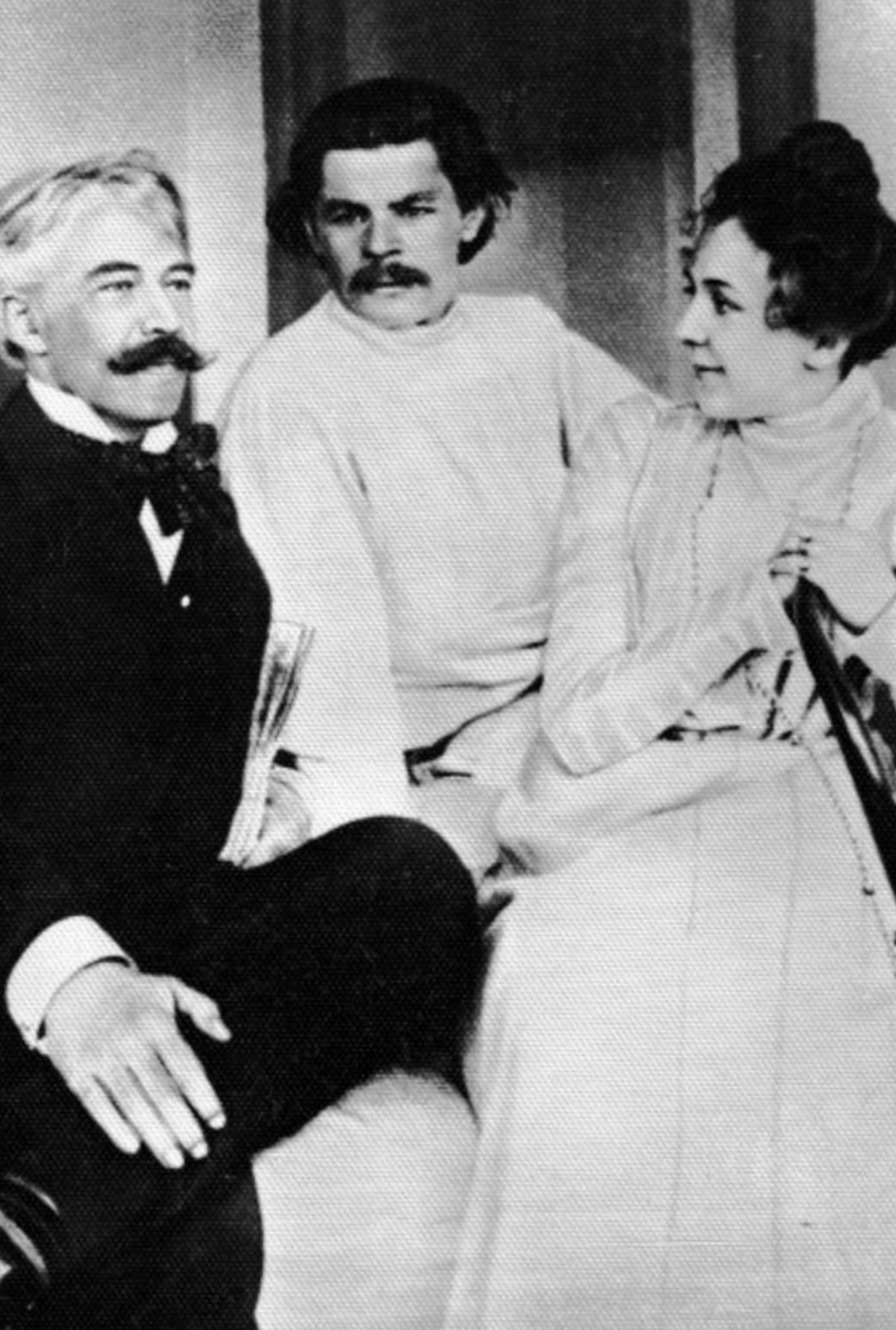


Bennett TheatreLab
History and Biographies of Philip G. Bennett, Konstantin Stanislavsky, and Sonia Moore.
Bennett TheatreLab
History and Biographies of Philip G. Bennett, Konstantin Stanislavsky, and Sonia Moore.
History
The Lab was founded in San Francisco, California in 1976 as The San Francisco Academy Theatre, a four year professional actor training program. In 1984 the Academy opened its exploratory wing, The Bennett TheatreLab. The TheatreLab is committed to research and development of the most advanced techniques for actor training based on the Stanislavsky System of Acting, combined with the Voice, Speech and classical acting techniques of the Royal Shakespeare Company, London. In 2008 the TheatreLab opened its doors in Tucson, Arizona and remains Southern Arizona’s Primary Professional Actor Training.

Biographies
A DIRECT LINEAGE: THE STANISLAVSKY SYSTEM OF ACTING
Biographies
A DIRECT LINEAGE: THE STANISLAVSKY SYSTEM OF ACTING
Philip G. Bennett
The Artistic Director
Philip G. Bennett is a graduate of the four year training program in acting, teaching and directing at the American Center for Stanislavsky Theatre Art, (Sonia Moore Studio of the Theatre). He has been training actors professionally for more than forty five years using Stanislavsky's Ultimate Technique: Active Analysis through Physical Actions.
He served as Assistant Artistic Director, actor and instructor under the Russian émigré teacher, author, (The Stanislavski System, Stanislavski Revealed, Training an Actor, Stanislavski Today) and director, Sonia Moore, American Stanislavski Theatre. He holds a BA in the Humanities and a Certificate of Mastery in Theatrical Arts and Sciences.
He made his professional debut on the New York stage in 1970 as Lopachin in Chekhov’s, The Cherry Orchard, and played such roles as: Cabot in O’Neill’s Desire Under the Elms, Nato in Pirandello's To Clothe the Naked at Berkeley Repertory Theatre, and recently he has appeared at the Rogue Theatre, Tucson: as King Alonso in Shakespeare’s The Tempest, Antigonus in The Winter's Tale, Doc Peabody in William Faulkner's As I Lay Dying, Shipkov in Agnes Under the Big Top by Aditi Kapil, as Creon in Luis Alfaro's adaptation of Medea: Bruja for Borderlands Theatre Company.
Phil's primary directorial influences have been Sonia Moore of the American Stanislavski Theatre, Georgi Tovstonogov, Gorky Theatre, St. Petersburg, Russia; Peter Brook and Cicily Berry of the Royal Shakespeare Company, and Jerzy Grotowski of the Polish Laboratory Theatre.
In 1976 he founded the San Francisco Theatre Academy and its professional company, The Stanislavski Ensemble. In 1984 he transformed the "Academy" into The Bennett TheatreLab in San Francisco, and the TheatreLab, Tucson, Arizona.
Mr. Bennett is a recipient of the prestigious Hollywood Dramalogue Award for Best Direction, and Debut of a New Company with his production of Arthur Miller's The Crucible. Other directorial credits include: The Abdication by Ruth Wolfe; Chekhov's Masterpieces: Three Sisters, Cherry Orchard; Three Chekhov Comedies: The Boor, The Proposal, The Anniversary; Moliere's Tartuffe; Wycherly's The Country Wife; Shakespeare's Hamlet, The Winter's Tale; Lysistrata by Aristophanes; Oedipus by Sophocles; but to name a few.
Philip and his co-writer, Stephanie Daventry French, have written a University and Conservatory level acting textbook, Experiencing Stanislavsky Today, Training and Rehearsal for the Psychophysical Actor, published by Routledge Academic Publishers, London in 2016.
Many of the Lab's graduates have gone on to rewarding careers in the theatre, film and television.
Philip's Books: Experiencing Stanislavsky Today
Konstantin Stanislavsky
The Master Teacher
Konstantin S. Stanislavsky (1863-1938), co-founder of the Moscow Art theatre, actor, director and teacher. Stanislavsky searched for more than forty years to discover the key to an actor's inspiration and reincarnation into character. He based his System on the teachings of Raja Yoga Meditation and what he called, "the objective Laws of nature that govern an actor's creativity." Stanislavsky spent forty years investigating the nature of an actor's creativity and was the first to develop scientifically based techniques of acting.
Stanislavsky's experiments, discoveries and psychophysical training techniques are credited with having introduced into world theatre and film the advent of "realistic acting," what he called: "The life of the human soul." Toward the final four years of his life, he made his greatest discovery and contribution to the art of acting when he realized that the separate elements of the System: concentration, imagination, relaxation, affective memory, etc., must not be taught as separate elements but as one organic psychophysical whole.
Courageously, he completely re-organized the entire training process of actors by developing a series of psychophysical conditioning exercises designed to integrate an actor's mind and body through the fulfillment of a fitting purposeful physical action. He also developed a new rehearsal process based on the training called: Active Analysis through Physical Actions.
Stanislavsky's Books: My Life in Art; An Actor's Work: A Student Diary; An Actor's Work on a Role
Sonia Moore
A Dedicated Life In Art
Sonia Moore (1902-1995), was born Sophie Evzarovna Shatzov on December 4, 1902 in Gomel, Russia. In 1920 she won admission to the Moscow Art Theatre's Thrid Studio under the direction of Eugene Vakhtangov, Stanislavski's greatest disciple. She auditioned with a monologue from Oscar Wild's Soelme. Of her audition Vakhtangov said that he could build a theatre based on her talent alone.
Sonia's husband, Lev Borisovich Helfand, was appointed Soviet Ambassador to Italy during Mussolini's fascist regime. In June of 1940 they received orders to return to Russia. Suspected that they would be "purged" by Stalin as many of their friends, family and associates had been, they decided to defect. With the help of the American ambassador, who provided exit visas, they managed to escaped with their daughter, Irene, and arrived safely in New York City where the family adopted the surname Moore. After her husband's passing in 1957, Sonia decided to open a school of acting in order to bring to light the up-dated and and revised teachings of Stanislavski to America. She founded the Sonia Moore Studio of the Theatre in 1961 in New York City. Moore dedicated herself to constant research in hopes of clarifying the many misunderstandings and distortions surrounding Stanislavski's theories that had occurred during the development of what was known as "Method Acting".
Sonia's first book, The Stanislavski Method was released in 1960 and later revised under the title The Stanislavski System. In the Fall of 1968 her third book, Training an Actor, based on taped sessions in class, was released. It was eventually revised as Stanislavski Revealed: An Actor's Guide to Spontaneity on Stage. The revised edition included updated research based on her discoveries concerning the movement of spinal muscles to trigger emotional states. A fourth book, Stanislavski Today, was published privately and documented supportive material by Soviet scientists.
Sonia founded the American Centre for Stanislavski Theatre Art, (ACSTA), a research institute in 1964. In 1970 she formed the center's professional performing Ensmble, ACSTA-1, renamed American Stanislavski Theatre, (AST). During her life Sonia toured with her company throughout the United States and Canada to promote the System. She was a regular keynote speaker at the Annual American Theatre Association/Association for Theatre in Higher Education (ATHE), conventions. She received many honors and awards for her contribution and can be found in Who's Who of American Women.
Sonia Moore passed away in 1995 at the age of 93 and is survived by her daughter Irene Moore Jaglom and her two grandchildren, Andrew and Leona. Sonia's artistic life was one of complete dedication. She often stated that her work was her way of thanking the people of American for their kindness and generosity for having welcomed her family to its shores in a time of personal Crisis. We can be grateful that through Sonia Moore's tireless efforts we now possess a more complete legacy of the Stanislavski's System.
"It is indisputable that there is a great deal of dilettantism in the theatre, and Stanislavsky fought it through the System."
Sonia Moore
Sonia's Books: The Stanislavski System; Stanislavski Revealed, Training an Actor














